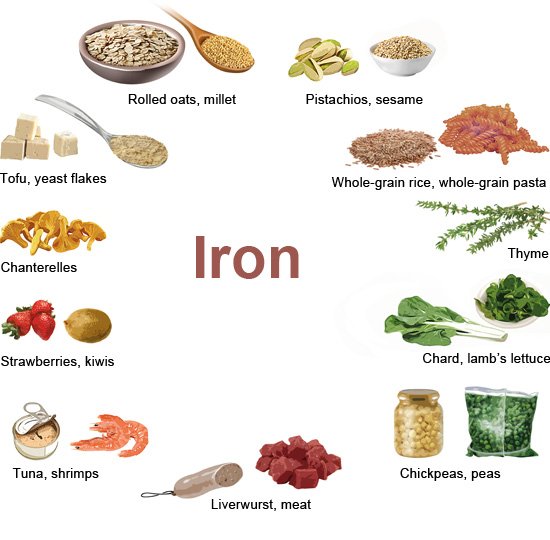How much iron do we need?
The recommended daily iron intake for women is 15 milligrams (mg) before menopause, and 10 mg after menopause. The recommended daily iron intake for men is 10 mg. The reason why women need more iron before menopause is because they lose iron during their monthly period.
Pregnant women are advised to get at least 30 mg of iron per day so their growing baby has enough, too. In the first few weeks after the baby is born, women need about 20 mg of iron per day to refill the iron stores that were partly depleted during pregnancy and childbirth.
The recommended daily iron intake for children up to the age of ten is about 8 to 10 mg per day. The recommended amounts for teenagers are similar to those for adults.

